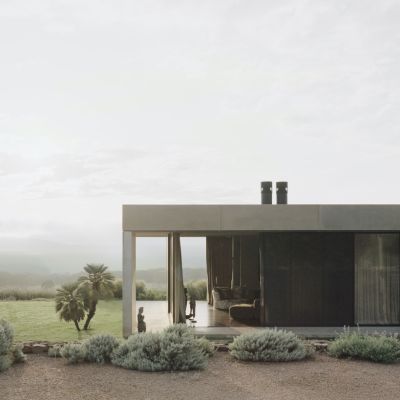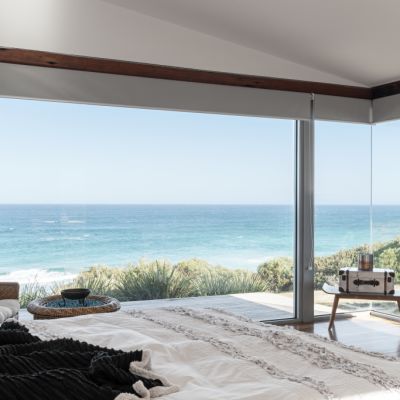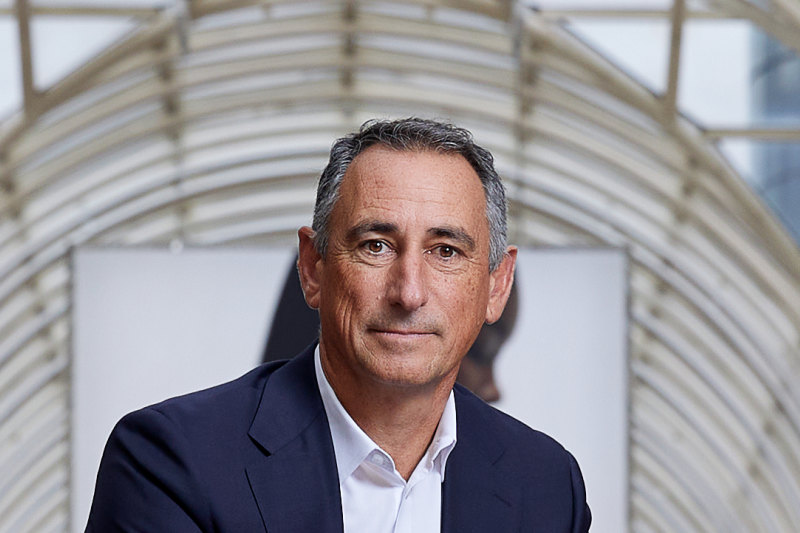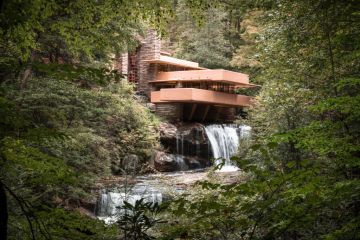Investors finding value in mixed residential communities where more Australians are looking to live

To invest well in residential real estate, it’s always important to keep up with trends in how people want to live. And the latest is returning to the past, says award-winning SJB architect Adam Haddow, to revisit the pleasures of living in a small community.
“If you look at medieval society, people then wanted to live closer to other people and to amenity,” he says. “Now, we’re at last getting back to that. People today want to live in mixed residential communities where you can just go downstairs to the retail offering and to meet others.
“The village comes to you rather than you have to get into your car and drive to the village.”
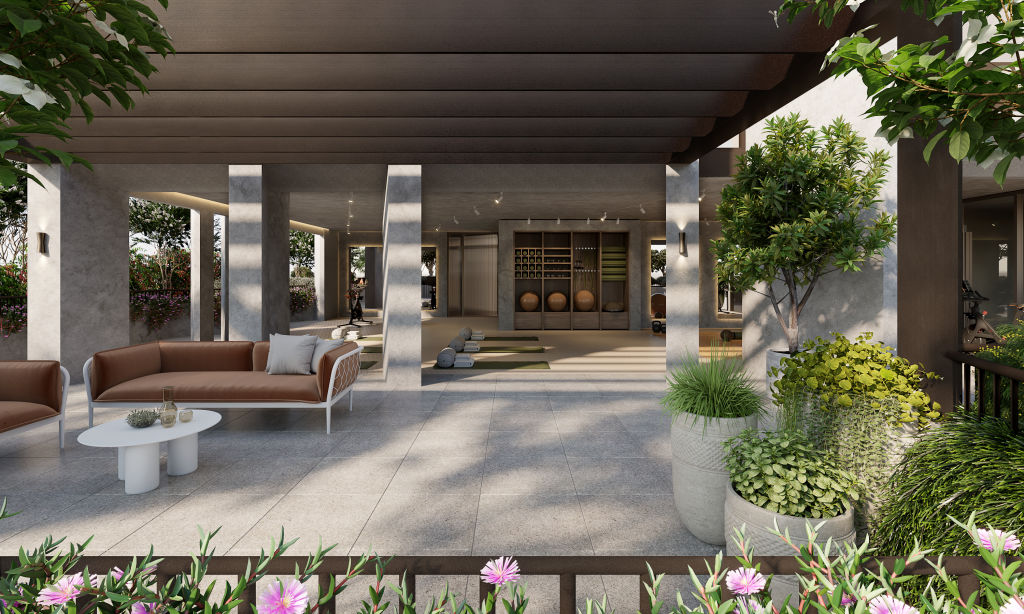
Over the last five to 10 years, mixed-use residential projects have proliferated throughout our major cities and have proved extremely attractive to both owner-occupiers and, hence, to investors.
Three of the nation’s newest are now under construction in Sydney: developer Central Element’s Ethos, a 47-apartment, 16-storey building with 12,000 square metres of retail on the ground and first floors; its 36-apartment, six-level, ground-floor retail Pienza in Neutral Bay; and Toga’s Surry Hills Village, the transformation of an old shopping centre.
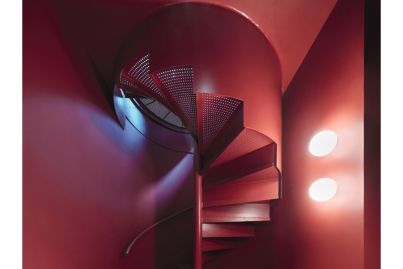

“This really is the way of the future,” says Cameron Porter, Central Element’s head of sales. “The Australian mindset has really changed now, and people love the convenience of living in these kinds of developments.
“At the same time, they breathe new life into their respective areas and positively impact the place-making and reinvigoration of the sites and the spaces around those areas.”
As long as the retail is curated carefully – everyone wants to live near good cafes, great supermarkets, excellent chemists and beautiful bakeries, and few want to live above vape shops, tattoo parlours and fast-food outlets – these projects can prove enormously successful.
As a result, they can enjoy strong capital gains and demand decent rents with a low turnover of tenants.
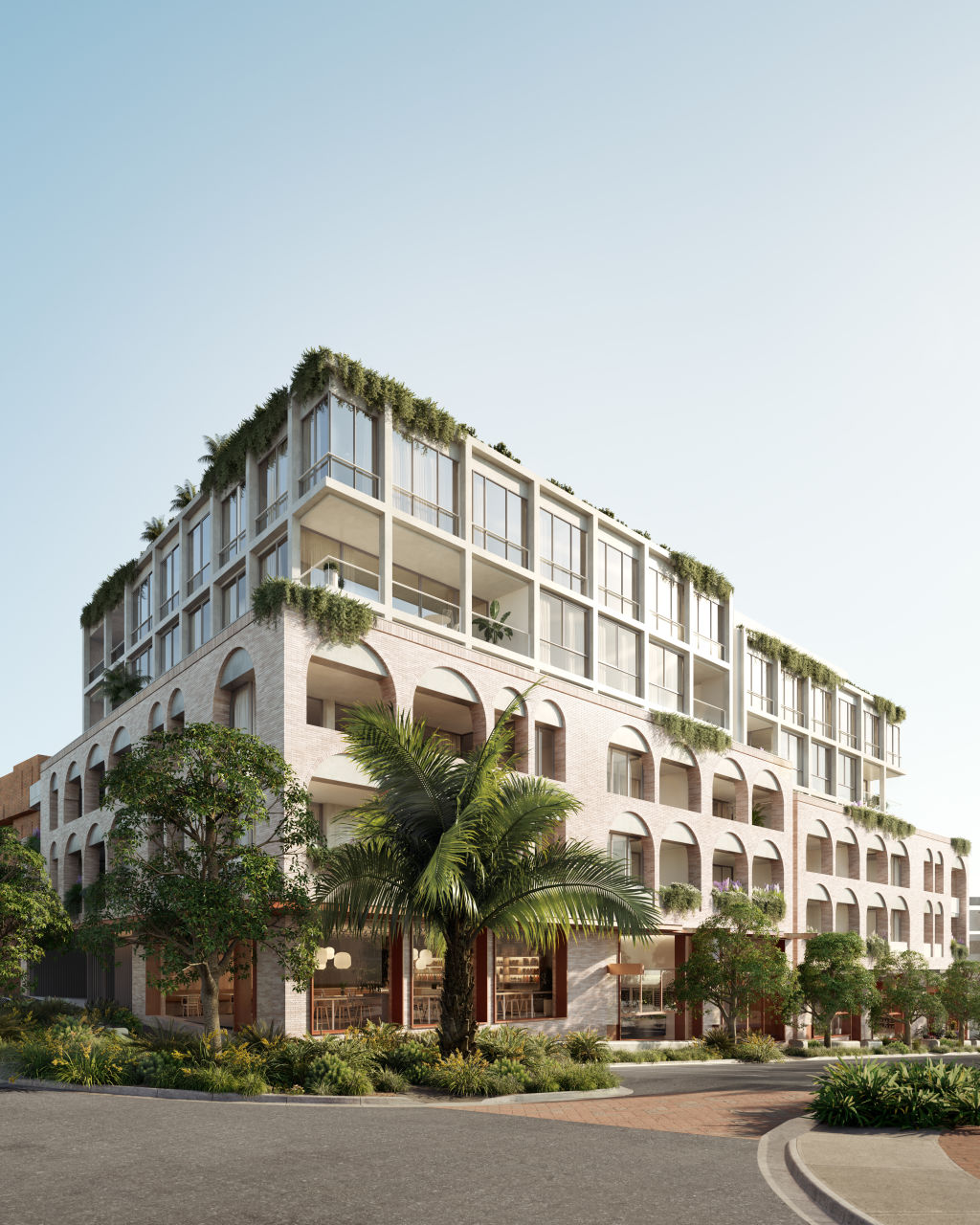
Andrew Hoyne, founder and principal of the place-making company Hoyne and publisher of the book The Place Economy, which outlines the commercial arguments for effective place-making, says it can add enormous value to any property.
“If you ask people what would make their life more joyful and improve the quality of their experience, it’s often about location and how it can deliver retail or food and beverage or services on the ground plane,” he says. “That can create the best possible outcome for residents.
“People receive more than they pay for if there’s been good place-making principles employed in a development.”
Professional property investor and managing director of Rethink Investing Scott O’Neill also likes to invest in mixed-use developments, as long as they’re underscored by quality retail.
“These types of amenities obviously add to the properties, lift the overall quality of the building and boost the areas as well,” he says. “Upmarket tenancies like a good quality supermarket or great hairdresser give back to the tenants, give it a much better feel than just having a car park underneath and help make it a much better-known building as well.”
We recommend
States
Capital Cities
Capital Cities - Rentals
Popular Areas
Allhomes
More
